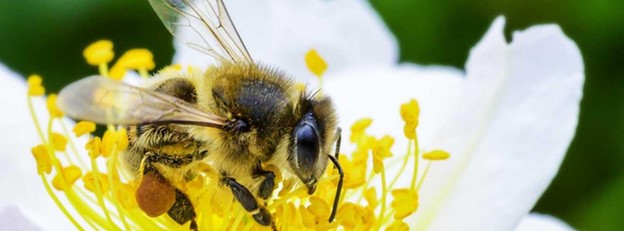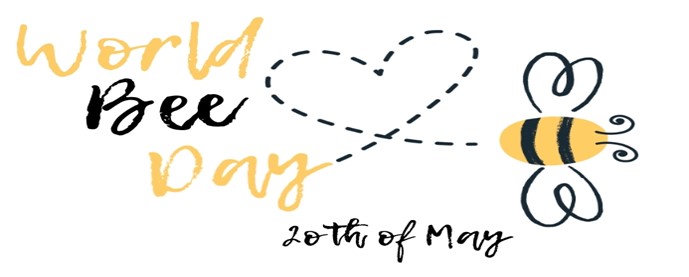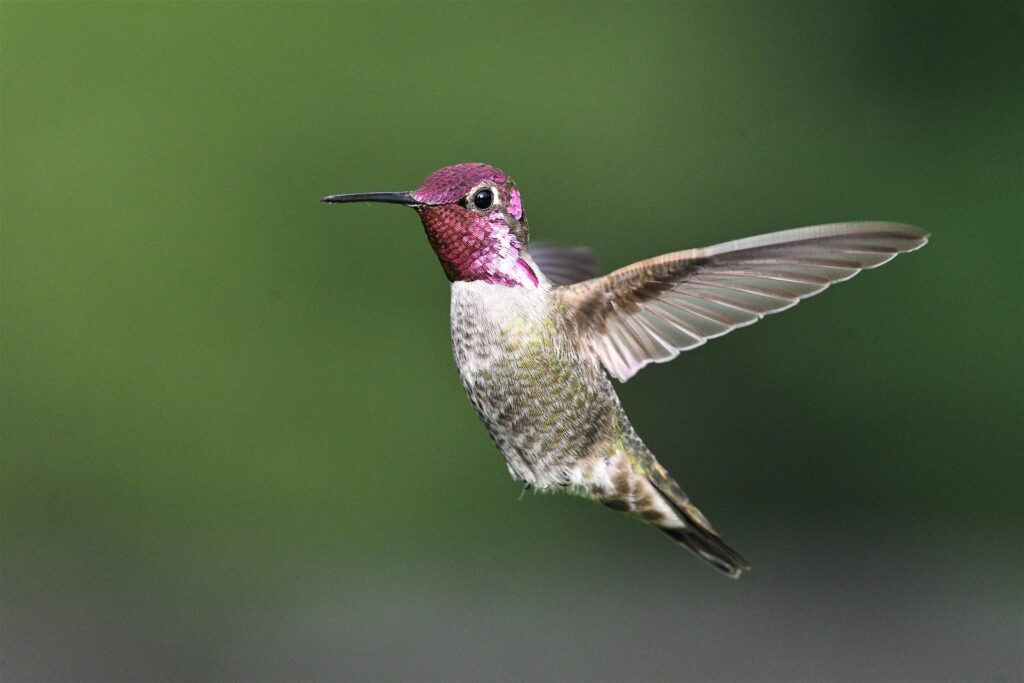By Dominique Jean, MoveUP Environment Committee
World Bee Day is May 20, 2025, and aims to raise the importance of bees’ contributions to the environment.
There are over 20,000 species of bees in the world, and there are over 450 species in BC alone. Beekeepers predominantly work with honeybees which originated in Europe. These bees were most likely brought to Canada on ships by European settlers in the early 1600s primarily for honey and wax production. Beekeeping in BC begins in the spring and ends in the fall. Hives are covered or wrapped in the winter and require little maintenance during this time.
Not only do bees produce honey (for eating and medicinal purposes), wax (for products such as lip balm and candles), and royal jelly (for skincare) for people’s personal use, but the pollination process is also critical to the survival of our ecosystems. Many people may not know this, but one-third of the world’s food production depends on bees as pollination causes crops to reproduce.
Bees essentially transfer pollen between flowers, which helps these flowers (and, also, plants) reproduce. Bees store the pollen in “pollen baskets” in their legs. Bees also help maintain endangered ecosystems. The symbol of our Environment Committee also happens to be a bee, which further highlights their importance.
There are three kinds of bees in a honeybee colony:
The Worker Bee
Worker bees are female bees that do not reproduce. They live for about three weeks and have three life stages. They develop from fertilized eggs.
- First is the “nurse bee” phase for about one week. They spend this time preparing cells and feeding larvae.
- Second is the “domestic” phase for also about one week. They do hive duties such as storing honey, building, and repairing comb, and cleaning the hive. They also start orientation flights and guard the entrance of the hive.
- Third is the “forager” phase, which may last for over a week (possibly 2-4 weeks depending on certain factors). They forage for nectar, pollen, water, and propolis. Unfortunately, at this stage between 6-8 weeks old most worker bees will die in the field.
The Queen
The Queen is the only bee responsible for reproduction and her only task is to lay eggs. Queens can lay as many as 15,000 eggs per day from around February to mid-October. The Queen needs to keep laying enough eggs to replace the workers that die in the field.
A Queen can live four to five years but stops laying eggs around age 2, which is when worker bees construct queen cells and prepare to replace her. To choose a new Queen, worker bees choose a small number of fertilized eggs and specifically feed them royal jelly during the larvae stage. Royal jelly is a substance produced by worker bees.
The Drone
Drones are male bees that develop from unfertilized eggs (they are haploids with half the number of chromosomes). All genetic traits come from their mother – the Queen. The purpose of a bee colony is to rear drones and have one or more of them mate with a virgin queen from another colony and pass on their mother’s genes. The drone does not perform any other duties and cannot sting.
Worker bees produce honey by collecting nectar and storing it a special stomach, processing it, and storing it in cells in the hive. The design of the honeycomb and the constant fanning from bees’ wings causes evaporation to make honey. Beekeepers usually harvest honey in September, as most has accumulated by then.

Image above: A worker bee – these are also the bees that you see outside that can sting you.
To observe World Bee Day, you can:
- Plant nectar-producing flowers in your garden or on your balcony such as clover, lavender, and sunflowers. More information is available at Selecting bee forage plants – Province of British Columbia.
- Support or donate to an environment or bee charity
- Buy honey and bee products from your local beekeeper
- Put a shallow bowl of water for bees to drink containing pebbles, marbles, or other small objects (to prevent the bees from drowning)
- Consider taking a beekeeping course and putting a hive in your yard
Dominique Jean is a MoveUP executive councillor and member of the MoveUP Environment Committee. She is a beginner beekeeper who recently finished a beekeeping course through the Ministry of Agriculture. She is also a new member of the BC Honey Producers Association.
Sources:
Poster My Wall: World Bee Day Poster Template Design
Honey Bees in Canada: Facts and Figures



